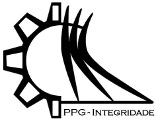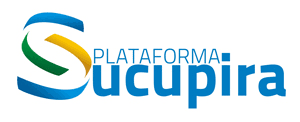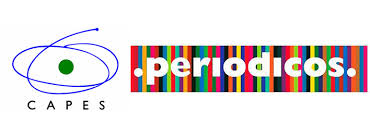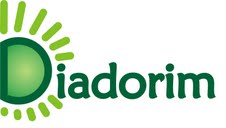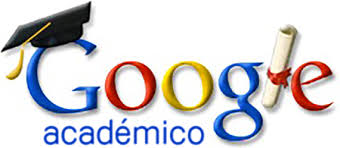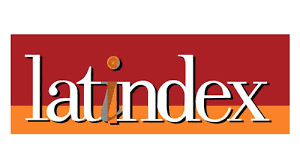ANÁLISE DE CONVERGÊNCIA UM QUADRO DE BICICLETA DO TIPO MOUNTAIN BIKE
DOI:
https://doi.org/10.26512/ripe.v2i26.20831Keywords:
Quadro de Bicicleta. Análise de Convergência. Elementos Finitos.Abstract
Os projetos de engenharia necessitam, em sua maioria, da análise estrutural na avaliação de seus resultados. Esta análise pode ser conduzida da forma experimental ou numérica. Dentre os métodos numéricos, destaca-se o Método dos Elementos Finitos que trata a estrutura através de subdomínios, representados por equações de governo que, na contemplação das conectividades nodais, são capazes de extrair resultados aproximados e mais realísticos do problema. Este artigo apresenta a fundamentação contextual e numérica referente à análise de convergência de um quadro de bicicleta, numa abordagem estática de elementos finitos utilizando a ferramenta computacional ANSYS.
References
Bosch, R., 2004. Manual de tecnologia automotiva; tradução da 25º edição alemã; São Paulo ”“ SP; ed.: Edgard blücher;
Arcelormittal Inox Brasil. Catálogo de aços, 2016. Disponível: http://brasil.arcelormittal.com.br/pdf/quem-somos/guia-aco.pdf. Acesso em 10 de junho de 2016.
Silva, A. D. de M. M.; Ferreira, A. D. B. L.; Costa, M. I. M.; Abreu, S. A. C., 2014. Análise estrutural do quadro de uma bicicleta. Departamento de Engenharia Mecânica, Mestrado Integrado em Engenharia Mecânica. Simulação de processos tecnológicos, Universidade do Porto.
Soriano, H.L., 2003. Elementos Finitos em Análise de Estruturas. São Paulo, EDUSP, pp 10-21.
Downloads
Published
Issue
Section
License
Given the public access policy of the journal, the use of the published texts is free, with the obligation of recognizing the original authorship and the first publication in this journal. The authors of the published contributions are entirely and exclusively responsible for their contents.
1. The authors authorize the publication of the article in this journal.
2. The authors guarantee that the contribution is original, and take full responsibility for its content in case of impugnation by third parties.
3. The authors guarantee that the contribution is not under evaluation in another journal.
4. The authors keep the copyright and convey to the journal the right of first publication, the work being licensed under a Creative Commons Attribution License-BY.
5. The authors are allowed and stimulated to publicize and distribute their work on-line after the publication in the journal.
6. The authors of the approved works authorize the journal to distribute their content, after publication, for reproduction in content indexes, virtual libraries and similars.
7. The editors reserve the right to make adjustments to the text and to adequate the article to the editorial rules of the journal.


